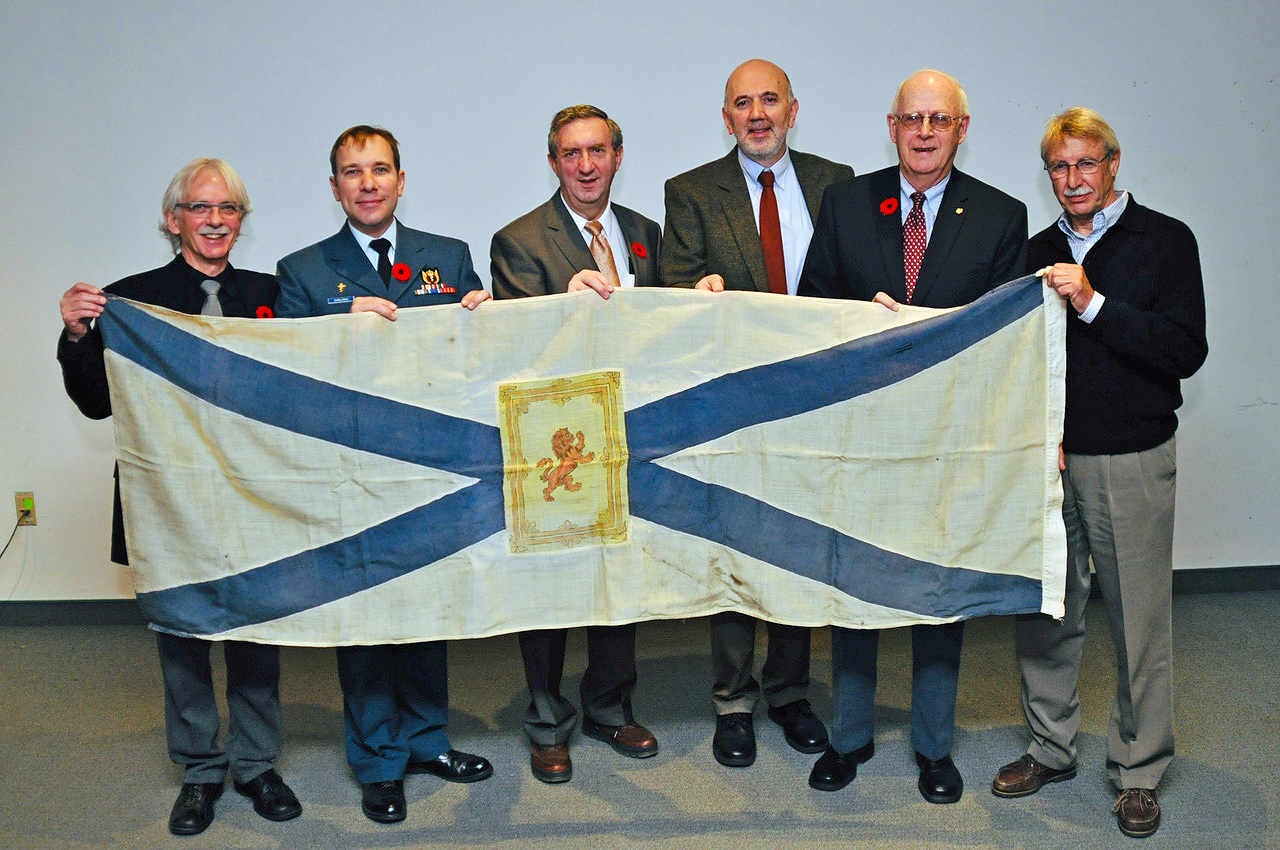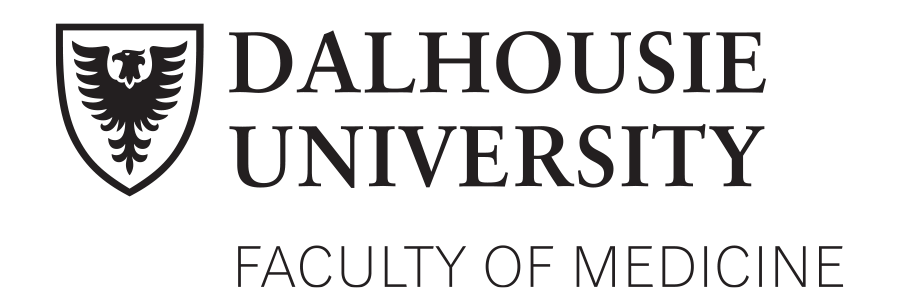By Dr. Allan Marble
The long-awaited invasion of northwest Europe by the Allies took place June 6, 1944. Several medical officers from Nova Scotia participated in the Normandy invasion, including: Lt-Col. Victor 0. Mader from Halifax; Lt.-Col. Donald Campbell from Marble Mountain, Cape Breton; Lt.-Col. Clarence Bethune from Baddeck; and Lt.-Col. Clarence L. Gosse from Halifax.
Dr. Gosse, who graduated with his MO from Dalhousie in 1939, had the distinction of leading the first surgical unit onto the beaches at Normandy. At a conference convened by the Royal Society of Medicine in 1947, Major Gosse, surgeon of the 13th Canadian General Hospital, described his experience in a paper entitled, "Evacuation of Casualties from Normandy Beaches."
Below is an abbreviated excerpt of his description:
Early in May 1944, our hospital was asked to send 30 men and three officers to the Isle of Wight to take a course on landing ships and tanks with a view to evacuating casualties from a foreign shore. On May 30, and on the next afternoon in the Thames Estuary we boarded our ship. She was an American ship with a completely American crew. It could accommodate comfortably 200 stretcher cases, with room for expansion, while the troop deck could handle 100 walking wounded.
We were provided with an operating room which would do Justice to any modern hospital. On the afternoon of June 5 we moved off - a fine, though fairly windy afternoon. It was a magnificent sight - hundreds of ships of all descriptions, loaded from bow to stern with the finest mechanical equipment for the finest mechanized army.
We arrived off Normandy, late in the evening of 0-0ay. The tenseness which we felt as we approached the shore quickly gave way to excitement, on seeing so many ships in so small a space. As darkness came so came the first enemy planes. One bomb landed within 20 yards of our stern and the ship was tossed like a chip, but there were no casualties.
Early in the morning, on 0+2, we grounded our ship on the beach-head at Courselles. To those of us who had never witnessed the horrors of war, the sights were appalling. The bodies of Canadians and Germans still lay where they fell. We located a casualty evacuation post in a roof• Jess schoolhouse. There were over 100 casualties here of which the medical officer was glad to have us relieve him.
Eventually 128 stretcher patients, including 30 German prisoners, were loaded on to Dr. Gosse's ship and were given medical and surgical attention. The ship then left for England and the patients were transferred to the 13th Canadian General Hospital. Dr. Gosse also brought the first units of penicillin into the theatre of war
at Normandy in 1944 and was a member of the first hospital to cross the Rhine River with the Allies in late March 1945. After the war, Dr. Gosse served as Head of Urology at several hospitals in Halifax. From 1973 to 1978, he held the office of lieutenant-governor of Nova Scotia.






